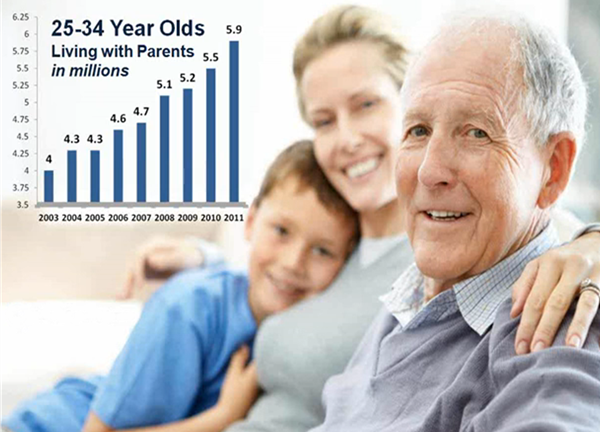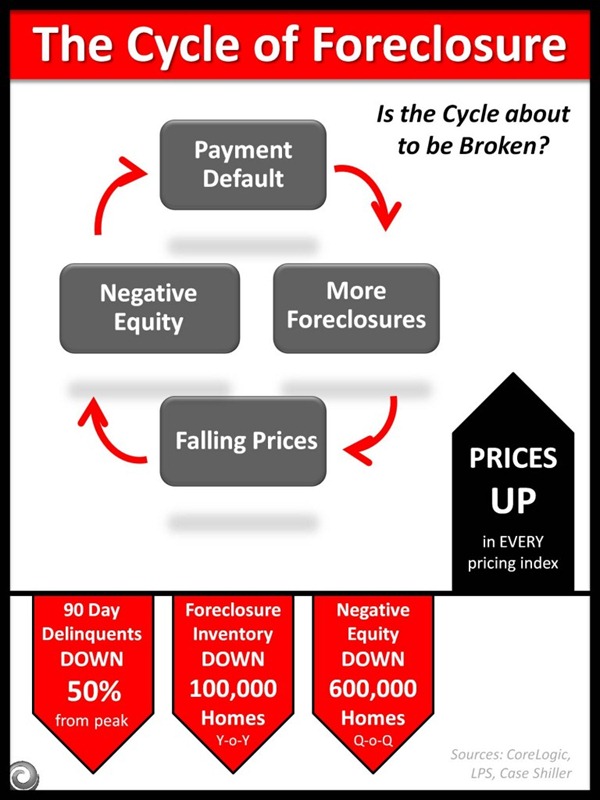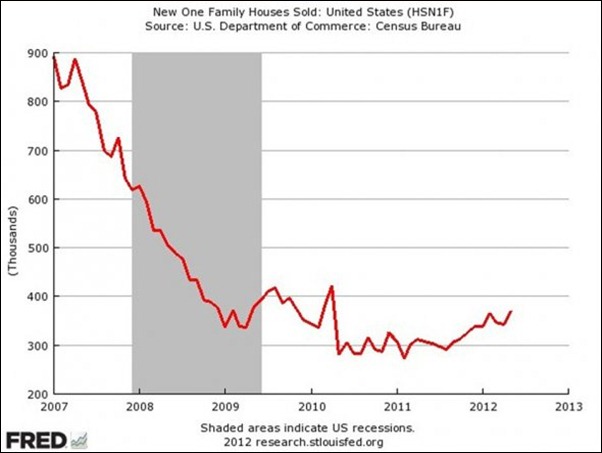5.9 Million young adults living with their parents! This trend is out of line with historical norms. As the economy continues to improve, we will see this number change.
The reality is that those young adults DO want to own their own home. The dream of home ownership has been impacted by the economic challenges faced over the past few years. This desire will come to fruition moving forward.
The data also tells us that those young adults are forming households and getting back out on their own. Human nature desires for autonomy and the ability to set up our own place.
Many have made the argument that renting is better than owning. While for some that may be true depending on their location, time they will be in said location, life circumstances, the numbers have swung back to owning as the way to go for many.
While no one wants to return to the frenzy of 2003-2005, we are seeing in many markets a flip towards a seller controlled market. Buyers need to be ready to pull the trigger when the right place is available for them.
Let me know how I can help. Email me.
source: KCM

![clip_image002[5] clip_image002[5]](http://www.emmanuelfonte.com/wp-content/uploads/2012/12/clip_image0025_thumb.jpg)
![clip_image002[7] clip_image002[7]](http://www.emmanuelfonte.com/wp-content/uploads/2012/12/clip_image0027_thumb.jpg)
![clip_image002[9] clip_image002[9]](http://www.emmanuelfonte.com/wp-content/uploads/2012/12/clip_image0029_thumb.jpg)








